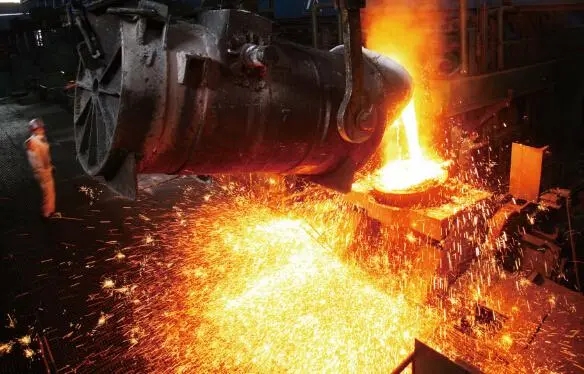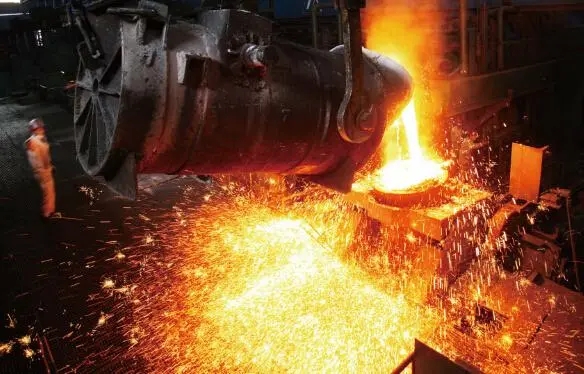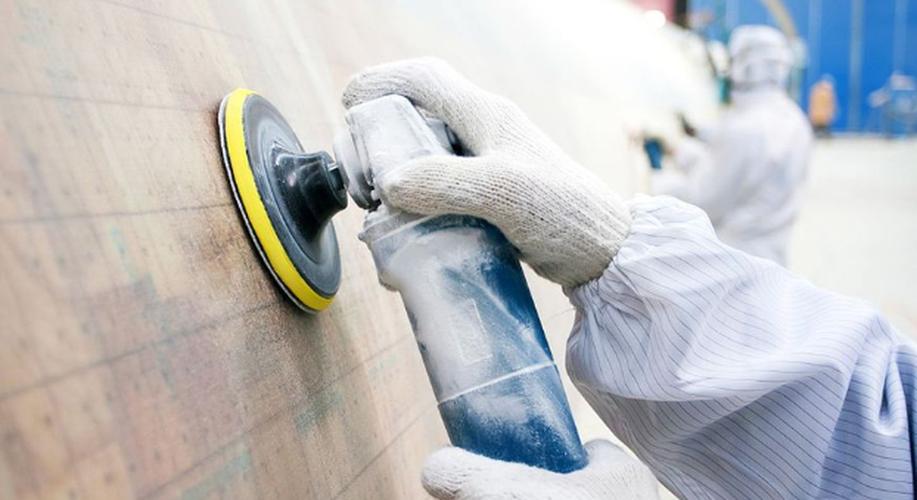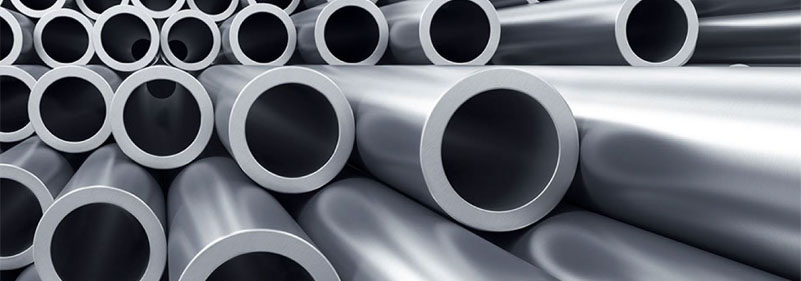What kind of stainless steel is not easy to rust?

There are three main factors affecting stainless steel corrosion:
1. The content of alloying elements. Generally speaking, steel with a chromium content of 10.5% is not easy to rust. The higher the content of chromium and nickel, the better the corrosion resistance. For example, the content of nickel in 304 material is 8-10%, and the content of chromium is 18-20%. In general, such stainless steel will not rust.
2. The smelting process of the manufacturer will also affect the corrosion resistance of stainless steel. Large stainless steel plants with good smelting technology, advanced equipment and advanced process can ensure the control of alloy elements, impurity removal and billet cooling temperature, so the product quality is stable and reliable, the internal quality is good, and it is not easy to rust. On the contrary, some small steel mills have backward equipment and processes. During the smelting process, impurities cannot be removed, and the products produced will inevitably rust.

3. External environment: dry and well ventilated environment is not easy to rust. However, areas with high air humidity, continuous rainy weather, or high pH in the air are prone to rust. 304 stainless steel will rust if the surrounding environment is too poor.
How to deal with rust spots on 05 stainless steel?
1. The chemical method is to use pickling paste or spray to assist the rusted parts to passivate and form chromium oxide film to restore their corrosion resistance. After pickling, in order to remove all pollutants and acid residues, it is very important to wash them properly with clean water. After all treatment, Polish again with polishing equipment and seal with polishing wax. For those with slight rust spots locally, you can also use a 1:1 mixture of gasoline and engine oil to wipe off the rust spots with a clean rag.

2. Mechanical methods: sand blasting, shot blasting with glass or ceramic particles, annihilation, brushing and polishing. It is possible to wipe off the contamination caused by the previously removed materials, polishing materials or annihilation materials by mechanical methods. All kinds of pollution, especially foreign iron particles, may become a source of corrosion, especially in humid environments. Therefore, the mechanically cleaned surface should be properly cleaned under dry conditions. The mechanical method can only clean the surface of the material and cannot change the corrosion resistance of the material itself. Therefore, it is recommended to re polish with polishing equipment and seal with polishing wax after mechanical cleaning.

 English
English 中 文
中 文 Español
Español Português
Português Deutsch
Deutsch Türk
Türk Pусский
Pусский عربي
عربي 한국인
한국인 日本語
日本語
